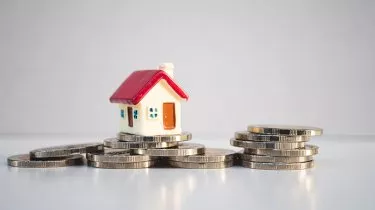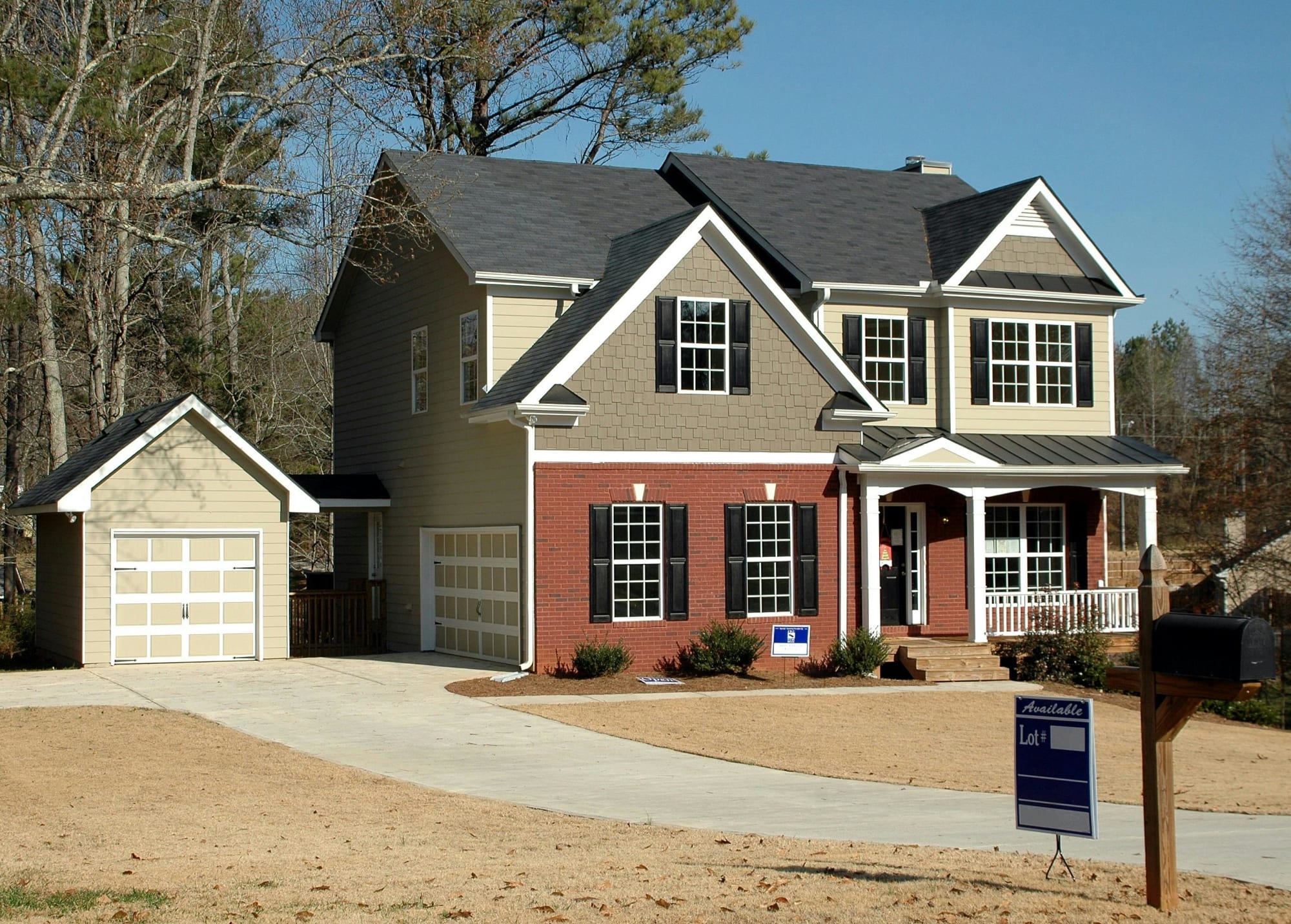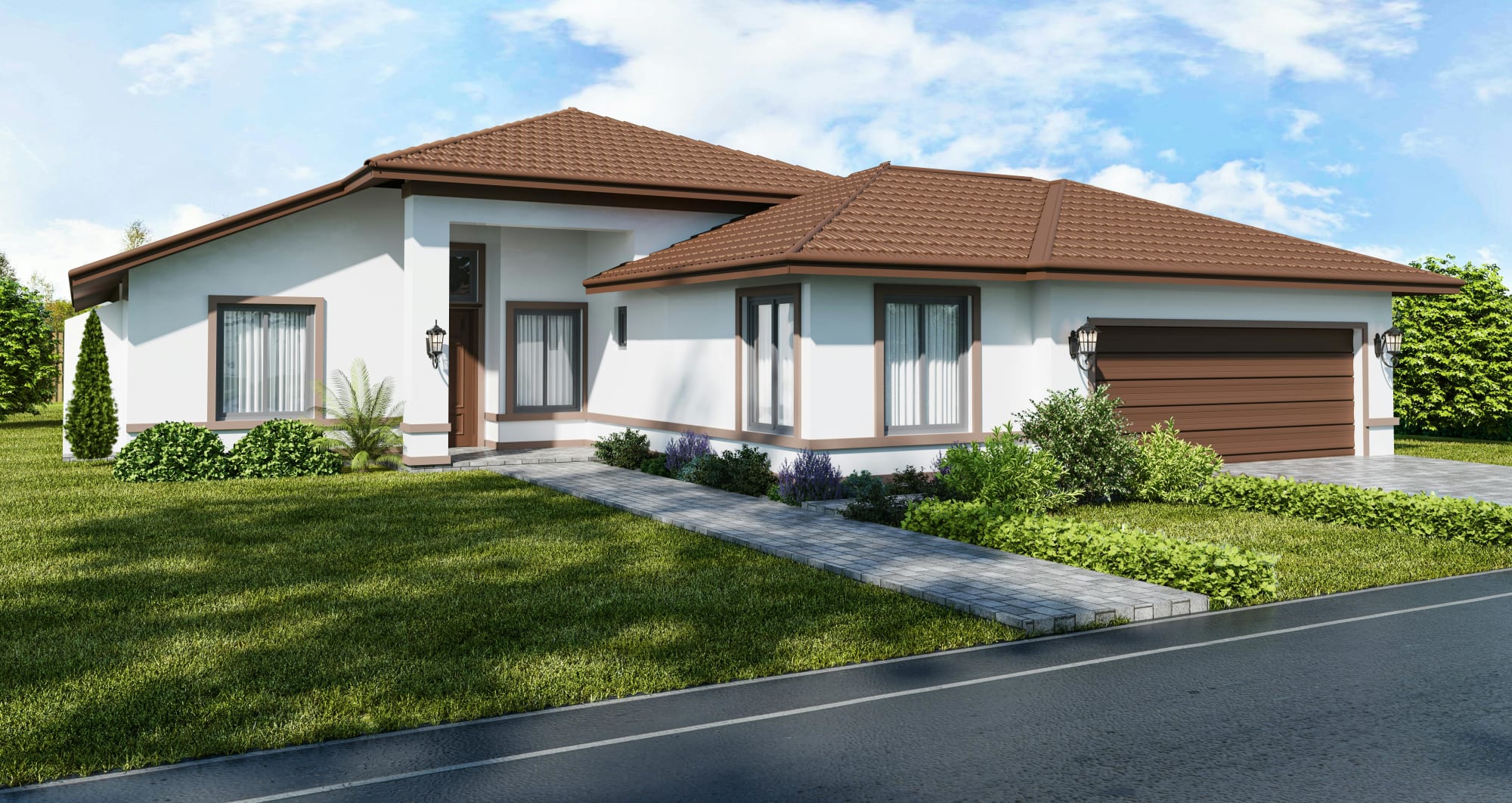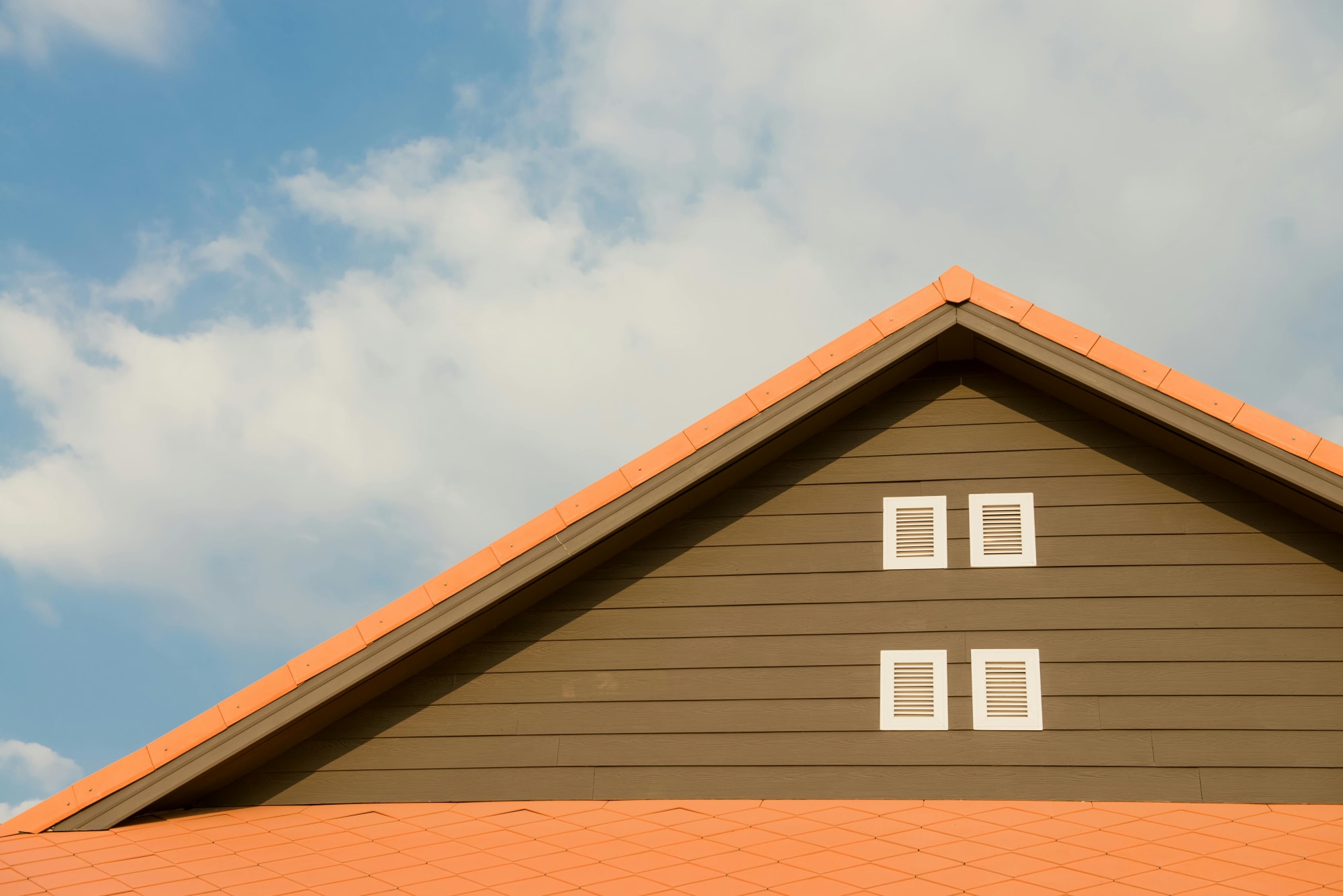Invest
Poor wage growth could impede home price growth
With wages growth at record-low levels, a property expert has warned that continuing low and flat wages could impede home price growth.
Poor wage growth could impede home price growth
With wages growth at record-low levels, a property expert has warned that continuing low and flat wages could impede home price growth.

According to new data from the ABS, the national wage index maintained the record-low annual growth rate of 1.4 per cent for a second quarter, with businesses opting to roll back short-term wage reductions.
But despite a return to pre-COVID wage levels and the phased implementation of the Fair Work Commission annual wage review, the latest annual growth rate is sharply below the 2.2 per cent recorded over the December quarter 2019.
Archistar’s chief economist, Dr Andrew Wilson, explained the continuing low and flat wages could spill over onto the property market.
“Low and subdued wages growth is likely to continue for the foreseeable future, and although the jobless rate continues to fall, it remains well above the levels required to deliver the competition for labour by employers that will push up wages,” Dr Wilson said.

“The subdued outlook for wages will place a floor on prices growth in currently strong housing markets and also act to constrain consumer spending particularly as coronavirus income support measures wind down,” he added.
Looking at the state-by-state wage growth data, Victoria again recorded the lowest annual increase in private sector wages at 1.1 per cent, with Western Australia clocking the highest at 1.6 per cent, followed by NSW at 1.4 per cent, South Australia at 1.3 per cent and Queensland at 1.2 per cent.
The Northern Territory also recorded a quarterly rise of 0.7 per cent based mainly on regular public sector wage growth.
With future wages growth called into question, Dr Wilson said the Reserve Bank of Australia is likely to keep interest rates at the 0.1 per cent for the foreseeable future.
“It is highly unlikely the RBA will consider increasing rates until the national jobless rate falls below 5 per cent and incomes growth responds to low unemployment.
“Other larger advanced economies are struggling to revive and remain well behind Australia’s progress, which will keep international rates at near zero levels for the foreseeable future,” Dr Wilson said.
But unlike Dr Wilson, Westpac is predicting forecasted declines in unemployment will push house prices up, with growth of 10 per cent predicted in both 2021 and 2022.
Sydney dwellings prices are estimated to grow in line with Australia, while Melbourne is expected to rise by 8 per cent in 2021, followed by 10 per cent growth in 2022.
Brisbane (10 per cent over both years), Perth (12 per cent this year, 8 per cent in 2022), Adelaide (10 per cent, then 8 per cent) and Hobart (8 per cent, then 6 per cent) are also showing strong signs of growth over the next two years.
According to Westpac’s chief economist, Bill Evans, housing credit will also continue to see robust gains, with new lending predicted to peak in 2022, around 50 per cent higher than the previous peak in 2017.
About the author

About the author


Property
New investment platform Arkus allows Australians to invest in property for just $1
In a groundbreaking move to democratise investment in property-backed mortgage funds, GPS Investment Fund Limited has launched Arkus™, a retail investment platform designed to make investing ...Read more

Property
Help to Buy goes live: What 40,000 new buyers mean for banks, builders and the bottom line
Australia’s Help to Buy has opened, lowering the deposit hurdle to 2 per cent and aiming to support up to 40,000 households over four years. That single policy lever will reverberate through mortgage ...Read more

Property
Australia’s mortgage knife‑fight: investors, first‑home buyers and the new rules of lender competition
The mortgage market is staying hot even as rate relief remains elusive, with investors and first‑home buyers chasing scarce stock and lenders fighting for share on price, speed and digital experienceRead more

Property
Breaking Australia’s three‑property ceiling: the finance‑first playbook for scalable portfolios
Most Australian investors don’t stall at three properties because they run out of ambition — they run out of borrowing capacity. The ceiling is a finance constraint disguised as an asset problem. The ...Read more

Property
Gen Z's secret weapon: Why their homebuying spree could flip Australia's housing market
A surprising share of younger Australians are preparing to buy despite affordability headwinds. One in three Gen Z Australians intend to purchase within a few years and 32 per cent say escaping rent ...Read more

Property
Tasmania’s pet-positive pivot: What landlords, BTR operators and insurers need to do now
Tasmania will soon require landlords to allow pets unless they can prove a valid reason to refuse. This is more than a tenancy tweak; it is a structural signal that the balance of power in rental ...Read more

Property
NSW underquoting crackdown: the compliance reset creating both cost and competitive edge
NSW is moving to sharply increase penalties for misleading price guides, including fines linked to agent commissions and maximum penalties up to $110,000. Behind the headlines sits a more ...Read more

Property
ANZ’s mortgage growth, profit slump: why volume without margin won’t pay the dividends
ANZ lifted home-lending volumes, yet profits fell under the weight of regulatory and restructuring costs—an object lesson in the futility of growth that doesn’t convert to margin and productivityRead more

Property
New investment platform Arkus allows Australians to invest in property for just $1
In a groundbreaking move to democratise investment in property-backed mortgage funds, GPS Investment Fund Limited has launched Arkus™, a retail investment platform designed to make investing ...Read more

Property
Help to Buy goes live: What 40,000 new buyers mean for banks, builders and the bottom line
Australia’s Help to Buy has opened, lowering the deposit hurdle to 2 per cent and aiming to support up to 40,000 households over four years. That single policy lever will reverberate through mortgage ...Read more

Property
Australia’s mortgage knife‑fight: investors, first‑home buyers and the new rules of lender competition
The mortgage market is staying hot even as rate relief remains elusive, with investors and first‑home buyers chasing scarce stock and lenders fighting for share on price, speed and digital experienceRead more

Property
Breaking Australia’s three‑property ceiling: the finance‑first playbook for scalable portfolios
Most Australian investors don’t stall at three properties because they run out of ambition — they run out of borrowing capacity. The ceiling is a finance constraint disguised as an asset problem. The ...Read more

Property
Gen Z's secret weapon: Why their homebuying spree could flip Australia's housing market
A surprising share of younger Australians are preparing to buy despite affordability headwinds. One in three Gen Z Australians intend to purchase within a few years and 32 per cent say escaping rent ...Read more

Property
Tasmania’s pet-positive pivot: What landlords, BTR operators and insurers need to do now
Tasmania will soon require landlords to allow pets unless they can prove a valid reason to refuse. This is more than a tenancy tweak; it is a structural signal that the balance of power in rental ...Read more

Property
NSW underquoting crackdown: the compliance reset creating both cost and competitive edge
NSW is moving to sharply increase penalties for misleading price guides, including fines linked to agent commissions and maximum penalties up to $110,000. Behind the headlines sits a more ...Read more

Property
ANZ’s mortgage growth, profit slump: why volume without margin won’t pay the dividends
ANZ lifted home-lending volumes, yet profits fell under the weight of regulatory and restructuring costs—an object lesson in the futility of growth that doesn’t convert to margin and productivityRead more








